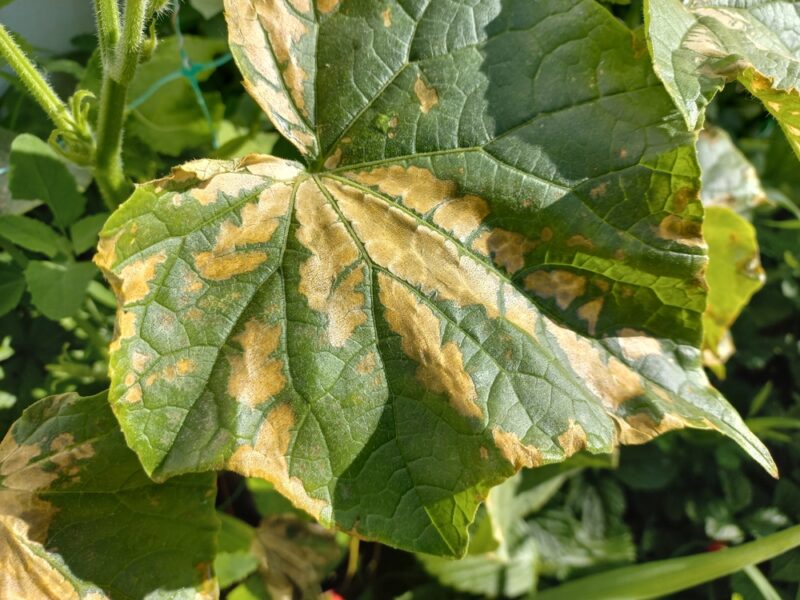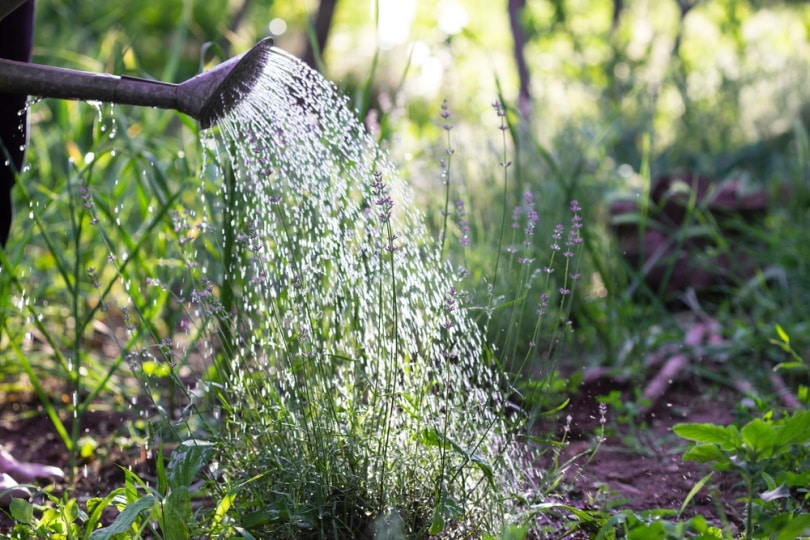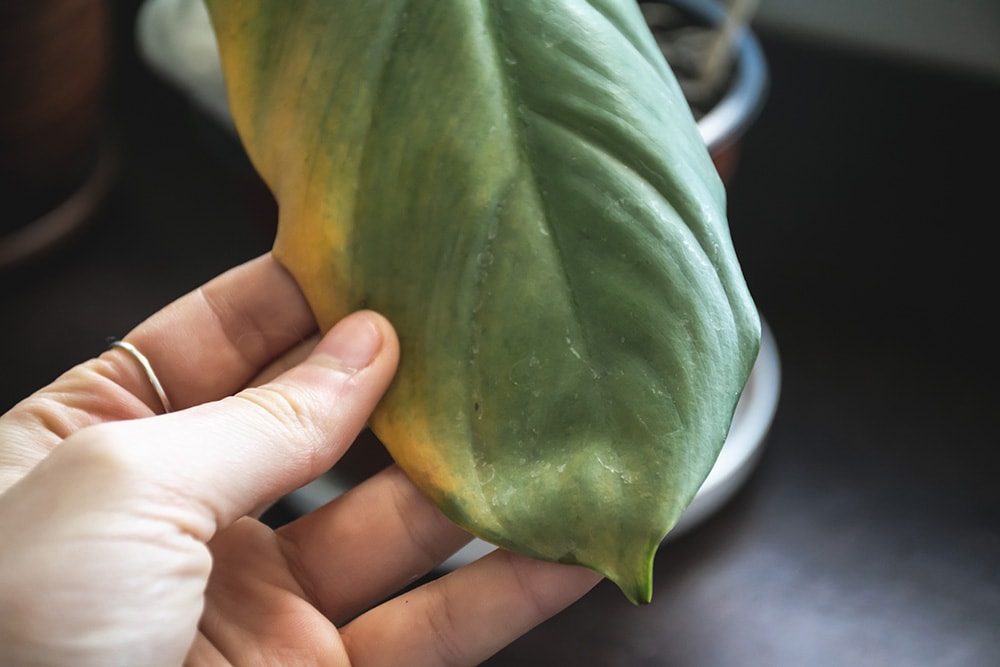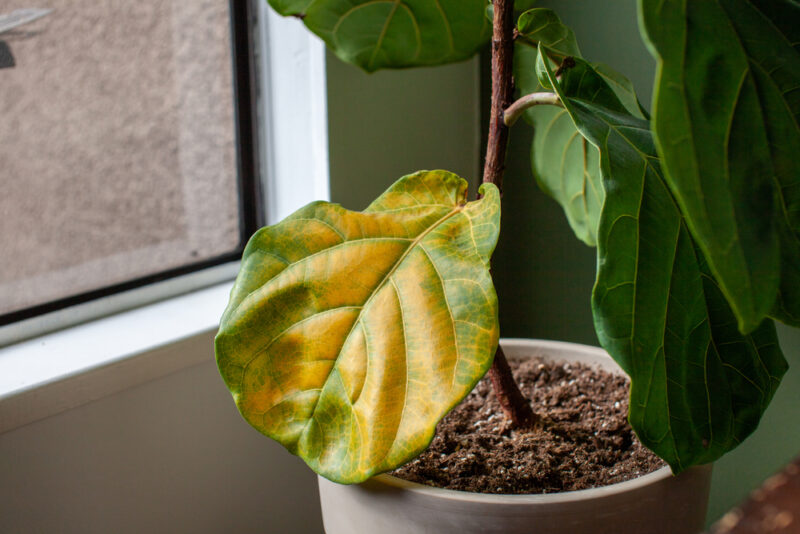Why Are My Plants Dying? 8 Reasons & Solutions
-
Pete Ortiz
- Last updated:

Every gardener knows how hard it is to keep your garden flawless at all times. This hobby requires a lot of time, patience, and passion invested before the first results come in. While it is rewarding, gardening can bring a lot of stress. Sometimes you are doing everything right, but certain plants don’t seem to begin thriving. Once you notice a pattern of problems appearing in your garden, especially if it spreads to other plants, you need to start searching for possible solutions.
The article below shows you the most common reasons your plant begins dying and the most effective methods to use and save your plants before it is too late.
The 8 Reasons Your Plants Are Dying & How to Save Them
1. Overwatering

- Wilting
- Yellowing leaves
- Browning edges
- Pests
Providing the plant with just the right amount of water is an essential task that you must do correctly to have a thriving plant. The amount of water a plant needs will usually depend on other conditions, such as whether it is placed outdoors or indoors and how much light it receives during the day. Overwatering the plant can quickly lead to low oxygen in the soil or even rotting in the roots.
Solution: To prevent overwatering your plants it is better to let the soil dry entirely before you water.
2. Underwatering
- Drooping leaves
- Dry plant
- Dry soil
Underwatering your plant is another common mistake that many plant owners make. It is easy to lose track of your watering habits and forget to water the plants when needed. Not giving your plants enough water will make them dry out quickly, especially if they acquire a lot of sun exposure. If this happens often it may quickly lead to your plant dying.
Solution: To become more efficient, create a schedule to water your plants regularly and follow the schedule precisely.
3. Poor Drainage

- Yellow leaves due to lack of oxygen
- Puddling water on the surface
Poor drainage in the pot usually occurs when the plant gets too much water, although it also has a lot to do with the soil type. This problem is the most common reason plants die out, simply because you may not see the symptoms or react in time. When the soil retains all the moisture without properly draining it, it may seem dry on the surface, while the roots can begin to rot. Providing your plant with well-draining soil can drastically change its health and growth. If you’re watering your plants from the tray, make sure not to leave them in the tray for too long but to empty the water after approximately 15 minutes.
Solution: Acquire well-draining soil for your plant, or create drainage holes. Try placing rocks and shells on the bottom of the soil to promote better draining.
4. Extreme Temperatures
- Crispy and burned leaves
- Dry soil
- Brown patches
- Faded appearance
Depending on which plant you choose to grow, some will prefer cold climates while others will thrive in direct sunlight. Extreme temperatures can seriously harm the plant’s growth, so acquiring the correct information when planting it can make a vast difference. Too much sun exposure may cause the leaves to burn or shrivel while placing the plant in a shaded area can suppress and slow down its growth. To prevent your plants from dying, try giving them full sunlight only in the morning while placing them in partial sunlight the rest of the day.
Solution: Avoid placing your plant in direct sunlight or too much heat. Make sure to water them depending on the climate.
5. Lack of Nutrients

- Yellowing leaves that don’t fall off
- Slow growth
- Necrosis
- Chlorosis
After a certain amount of time, every potted plant needs to be replanted in a new batch of soil. The nutrients in the soil become depleted after some time, so providing fresh soil or regularly fertilizing the plant is an essential step. Repotting the plant has to occur at least once a year to provide your plant with clean and fresh soil.
Solution: Repot the plant in fresh soil at least once a year. Provide the soil with fertilizer regularly.
6. Shock
- Drooping leaves
- Dying branches
- Suddenly falling flowers or fruits
Plants can feel vast amounts of shock when being moved too frequently or too aggressively. If your plant is slowly dying and you can’t find an apparent reason why it may have been because you moved it inside too soon. Do it gradually if you want to transfer your plant indoors to survive the low temperatures.
Solution: Gradually move the plants from one environment to another to prevent them from experiencing shock due to temperature changes.
7. Pest Infestations

- Weak and disfigured leaves
- Honey-like residue
- Deformed flowers and fruits
Pest infestations are the most challenging problem on this list. Destructive insects may feed off your plant for some time before you notice any symptoms. They are often small and hard to notice, so by the time you try to act, it may be too late to save the plant. The most common pests that cause the plant to die are aphids, spider mites, gnats, and whiteflies. Pests such as gnats or aphids collect underneath the foliage, sucking the leaf’s nutrient-rich sap. These infestations can quickly cause the plant to lose its health and die.
Solution: Wash the leaves thoroughly and treat them with a natural pesticide that is harmless to you and your environment.
8. Lack of Light
- Constantly moist soil
- No new growth
- Browning leaves
Another problem that may occur and cause your plants to slowly die off is not providing them with enough light. You may notice your plants are leaning or bending toward the source of light or growing much slower than other plants. Try moving your plants to a more lighted part of the room to see if it will help them grow stronger.
Solution: Place your plant in a room with more natural sunlight, next to a window or glass door. Avoid putting the plant in direct sunlight as it may harm and burn it.
Conclusion
After learning the possible reasons behind your plants’ downfall, you can begin searching and experimenting with different treatments to find the one that helps your plants best. When you spot a problem in your plant’s growth, it is crucial to act fast to stop the problem from spreading to other plants in your garden.
Featured Image Credit: Maksimenko Taras, Shutterstock
Contents


